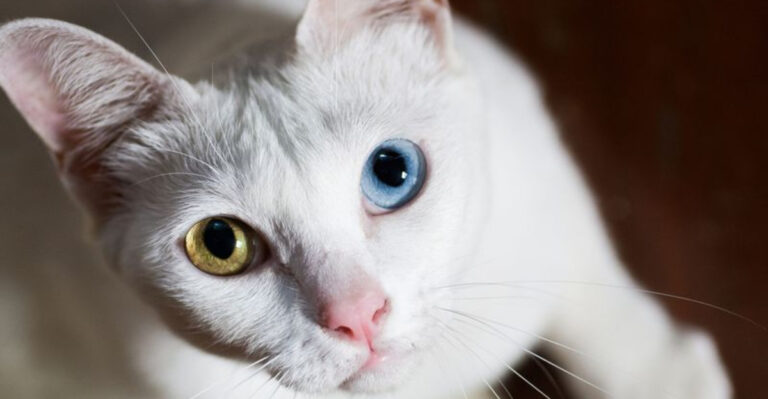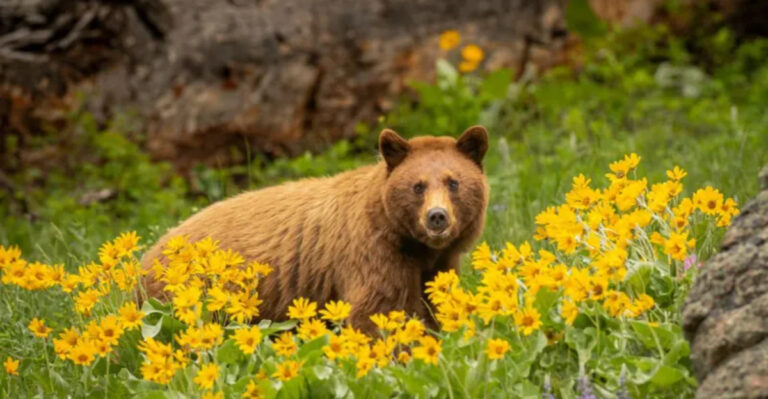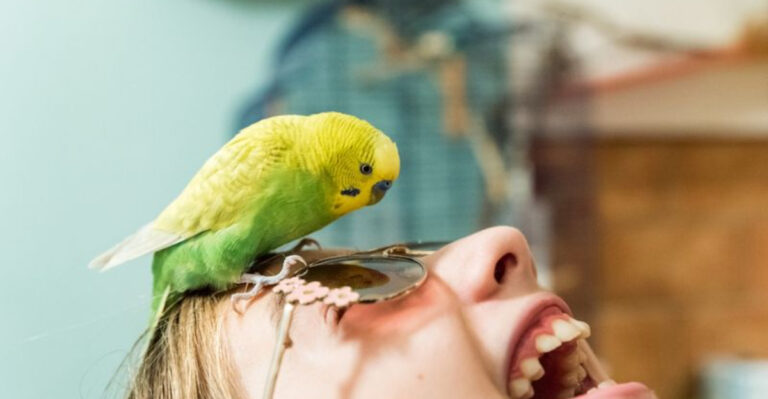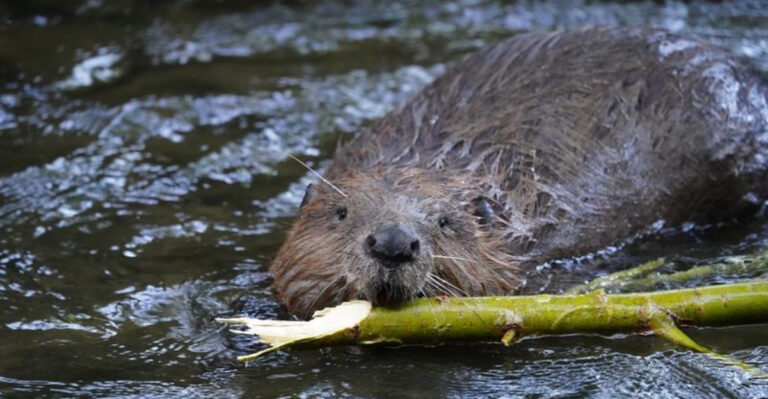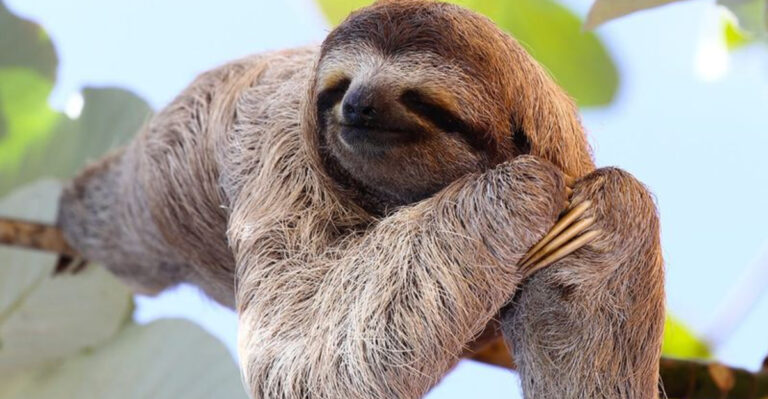15 Hardy Fish That Thrive In Outdoor Ponds
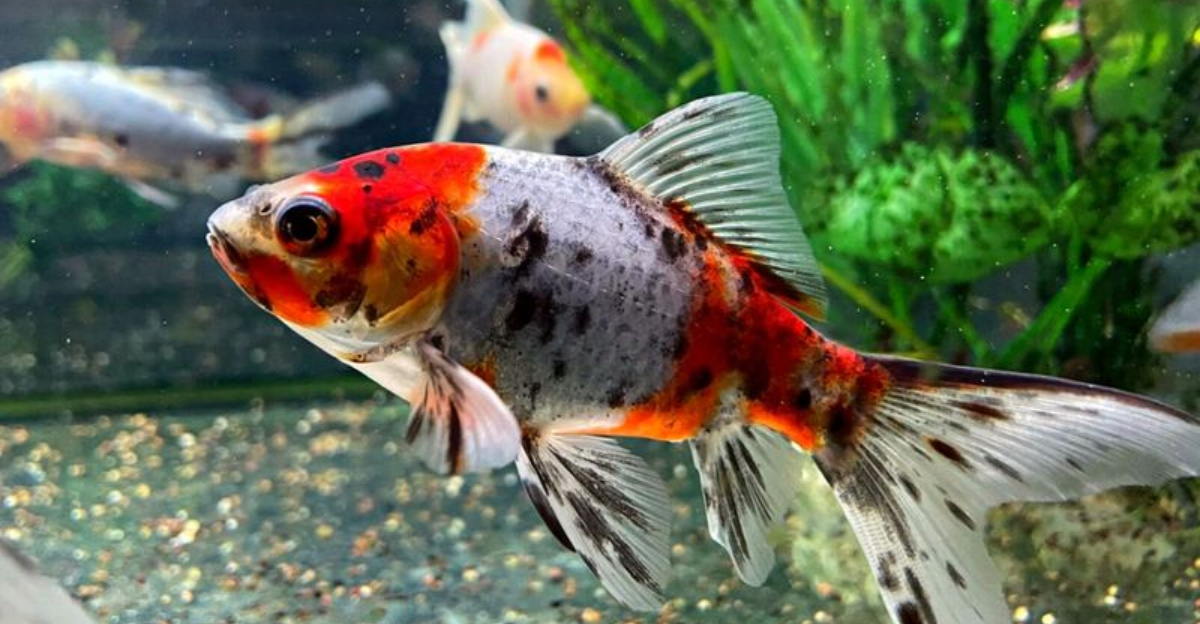
Creating a vibrant outdoor pond starts with choosing the right fish. Hardy species can withstand temperature fluctuations, require minimal maintenance, and add stunning colors to your backyard water feature.
Whether you’re a beginner or experienced pond keeper, these resilient swimmers will transform your outdoor sanctuary into a thriving aquatic ecosystem while providing years of enjoyment.
1. Koi Fish: The Living Jewels
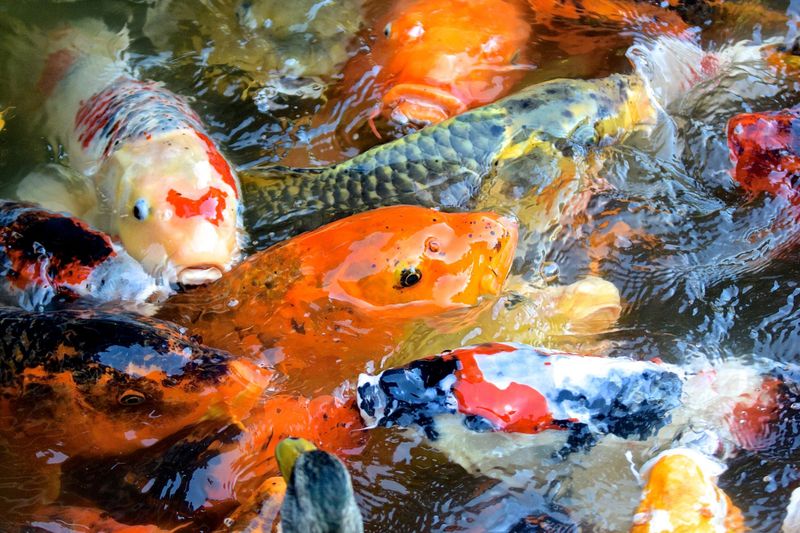
Descended from common carp, these Japanese treasures bring living art to your pond. With lifespans reaching 30+ years, koi develop unique personalities and even recognize their owners at feeding time!
Their stunning variety of colors—from platinum white to fiery orange—makes each fish a one-of-a-kind masterpiece. Despite their elegant appearance, koi are remarkably tough, handling temperature swings that would stress less hardy species.
2. Common Goldfish: Reliable Classics
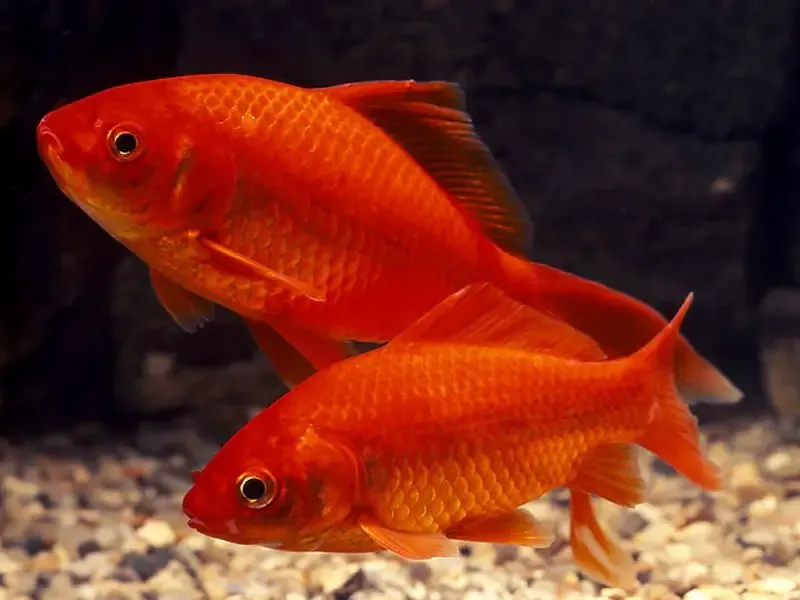
Forget those tiny bowls—common goldfish belong in spacious ponds where they truly shine. These orange wonders can grow surprisingly large when given proper space, sometimes reaching 12 inches or more.
Winter poses no threat as they can survive under ice as long as a small hole allows gas exchange. Budget-friendly yet visually striking, common goldfish offer the perfect introduction to pond keeping without breaking the bank.
3. Shubunkins: Calico Beauties
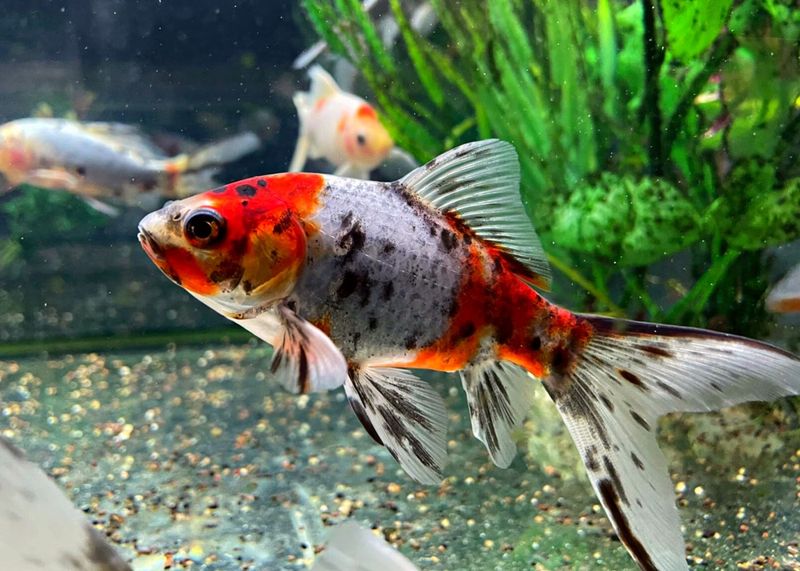
Splashed with patches of red, black, blue, and white, Shubunkins look like swimming watercolor paintings. These goldfish cousins bring artistic flair to any pond landscape while requiring minimal special care.
Cold weather? No problem! Shubunkins handle winter like champions when your pond has adequate depth. Their active swimming style and medium size make them visible from a distance, creating dynamic movement throughout your water garden.
4. Comets: The Speedy Swimmers
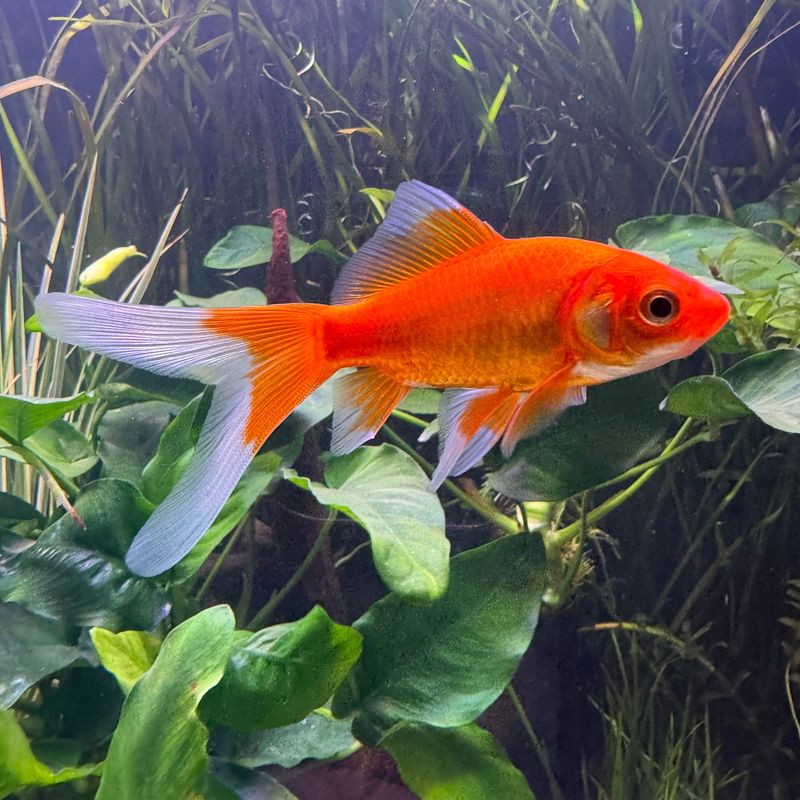
Named for their fast movement and flowing tails that streak through water like celestial bodies, Comets add dynamic energy to any pond. Their slender bodies and long, elegant fins create graceful silhouettes against pond plants.
Adaptable to various water conditions, these goldfish varieties thrive where other species might struggle. Their impressive cold tolerance means they’ll continue swimming long after tender tropical fish would need to be moved indoors.
5. Fantail Goldfish: Elegant Yet Tough
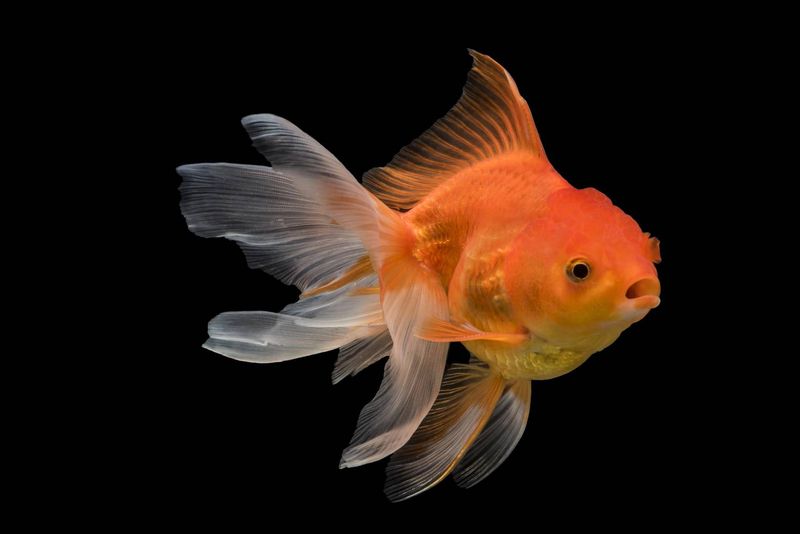
With their distinctive double tails spreading like fans, these ornamental goldfish combine fancy looks with surprising resilience. Their round bodies create charming silhouettes as they navigate between water lilies and other aquatic plants.
While slightly less cold-hardy than single-tailed varieties, Fantails still handle outdoor living admirably in all but the harshest climates. Beginners appreciate their forgiving nature—they tolerate minor water quality fluctuations that might stress more delicate fancy goldfish.
6. Sarasa Comets: Striking Red And White
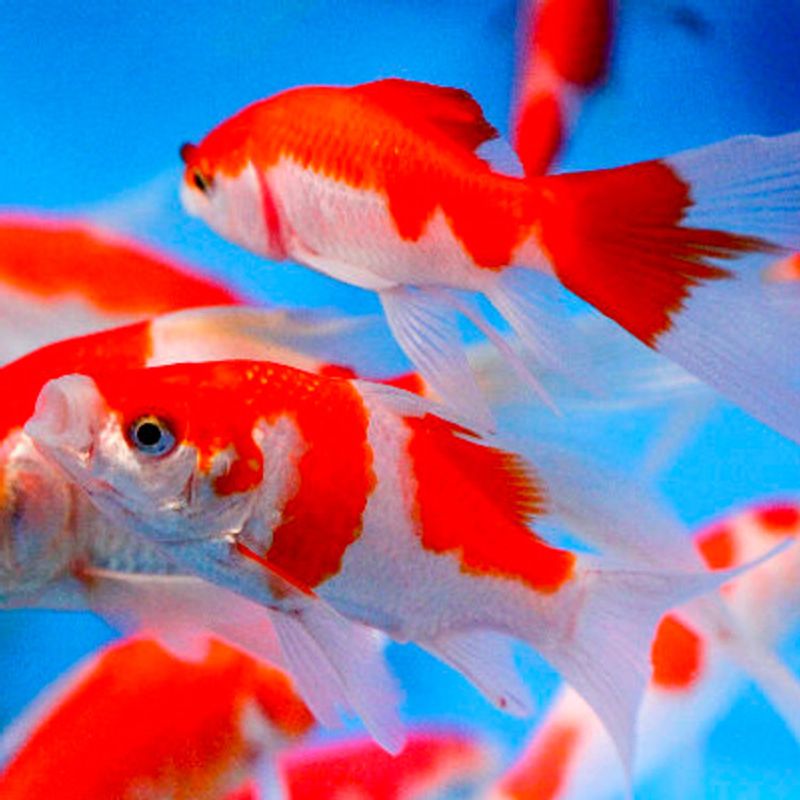
Imagine brilliant red patches contrasting against pure white scales—that’s the Sarasa Comet’s showstopping appeal. These fish practically glow against the greens and browns of natural pond settings.
Beyond their beauty, Sarasa Comets possess the same hardy constitution as their common Comet cousins. Their active swimming style helps maintain pond health by stirring water and preventing stagnation. Visible from across the yard, they’ll become the stars of your outdoor entertaining space.
7. Channel Catfish: Bottom-Dwelling Cleaners
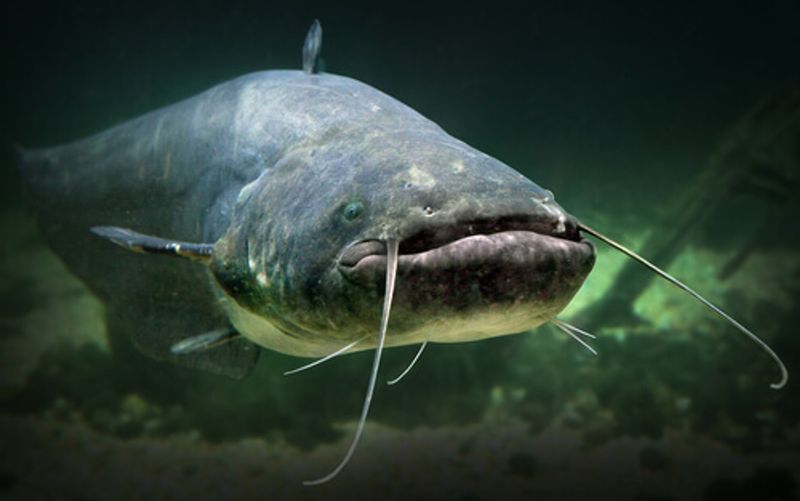
Nature’s pond vacuum cleaners, Channel Catfish patrol the depths searching for leftover food and debris. Their whisker-like barbels help them navigate and find food even in murky conditions or at night.
Growing impressively large in the right conditions, these native North American fish add a wild, natural element to your pond ecosystem. Their presence helps control snail populations and other potential pests. Just remember they’ll eventually need substantial space as they mature.
8. Fathead Minnows: Tiny But Mighty
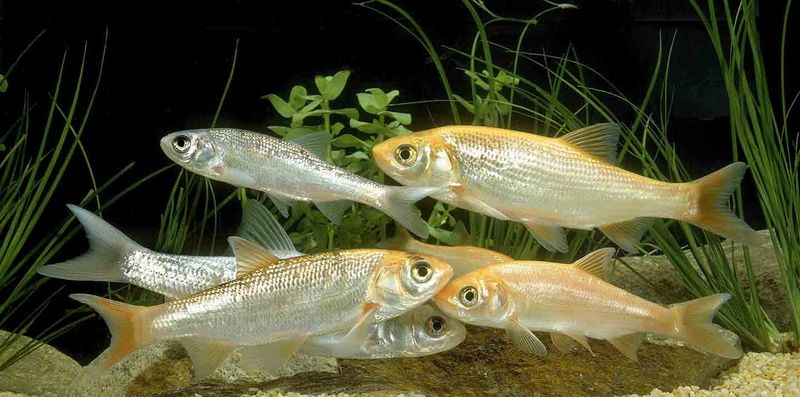
Small in size but huge in benefits, these silvery natives dart through ponds in mesmerizing schools. Fatheads serve as living mosquito control, devouring larvae before they can develop into biting adults.
Their reproductive rate helps ensure continuous populations even with some predation. Hardy enough to withstand temperatures from near-freezing to summer heat, these minnows require virtually no special care. They’re perfect for creating that authentic, balanced ecosystem feel in your backyard water feature.
9. Golden Orfe: Flashy Surface Dwellers
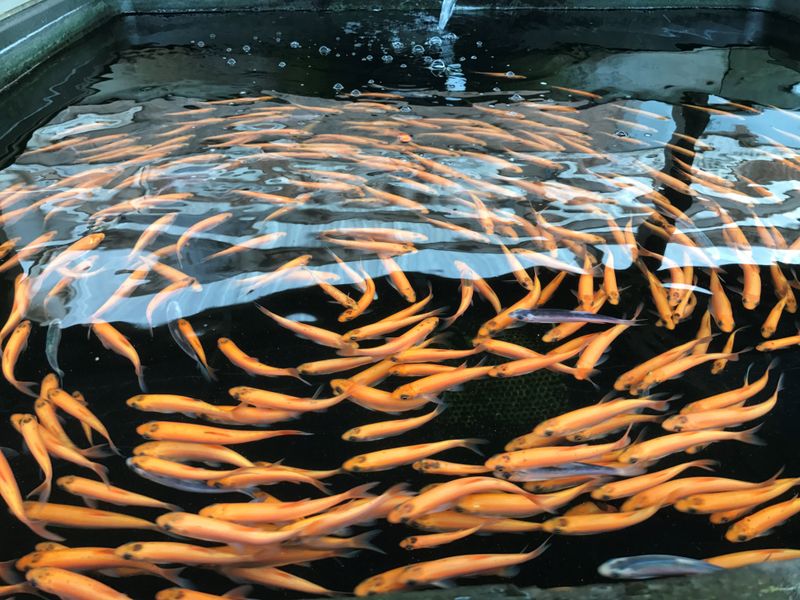
Like streaks of sunshine beneath the water’s surface, Golden Orfe patrol the upper levels of your pond with flashy orange-gold bodies. Originally from Europe, these active fish prefer swimming in groups, creating dynamic visual interest as they travel together.
Their tendency to stay near the top makes them excellent for spotting potential pond problems early. Remarkably disease-resistant and able to handle varying oxygen levels, Golden Orfe thrive where more delicate species might fail.
10. Rosy Red Minnows: Budget-Friendly Beauties
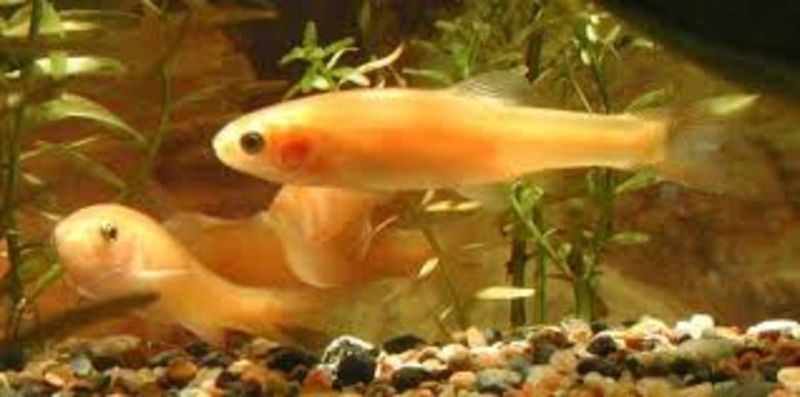
Blushing with warm pink-orange hues, these petite pond dwellers bring color and movement without the premium price tag of larger ornamental fish. Their small size lets you keep substantial schools even in modest ponds.
Beyond their aesthetic appeal, Rosy Reds serve practical purposes by consuming mosquito larvae and excess algae. Their constant motion helps prevent water stagnation. As an added bonus, these little swimmers can survive winter in ponds with adequate depth.
11. Grass Carp: Natural Weed Control
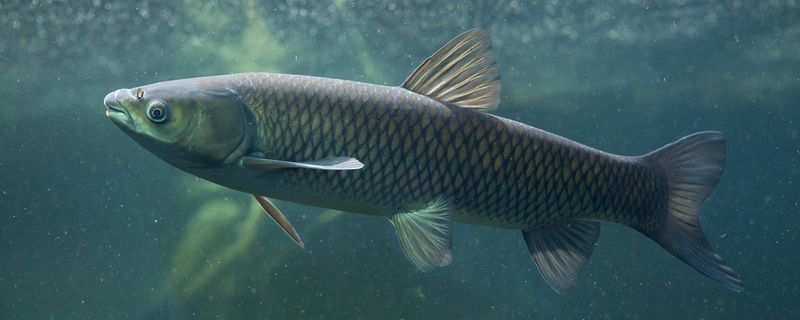
Nature’s lawnmowers for your pond, these large herbivores help maintain balance by controlling excessive aquatic plant growth. One Grass Carp can consume several times its weight in vegetation daily!
While not as colorful as ornamental species, their practical benefits are unmatched. Before adding them, check local regulations—some areas require sterile triploid varieties to prevent potential invasive issues. With proper planning, these gentle giants provide years of natural pond maintenance.
12. Black Bullhead Catfish: Nocturnal Guardians
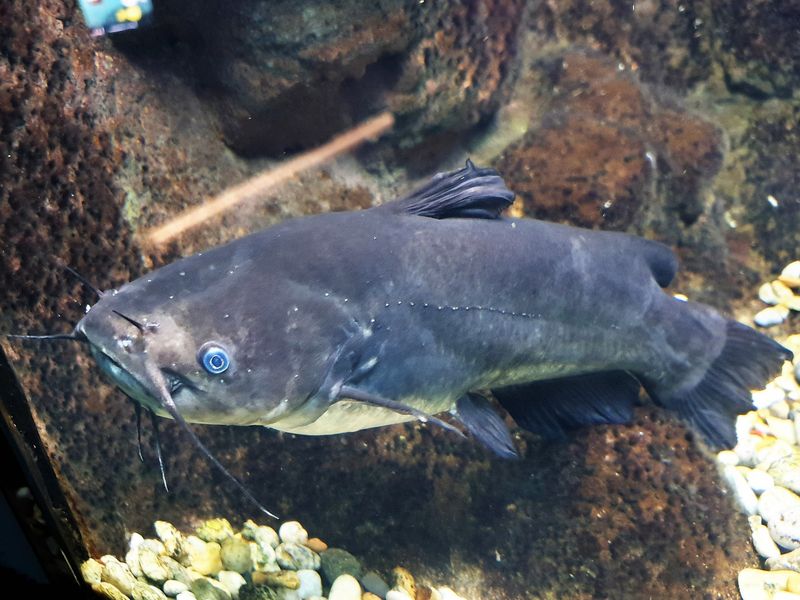
Under cover of darkness, these dusky sentinels emerge from hiding spots to patrol your pond. Their dark coloration provides excellent camouflage against predators while they search for food along the bottom.
Black Bullheads adapt to less-than-perfect conditions that might challenge other species. They’re particularly useful in newer ponds still developing biological balance. Their whiskers (barbels) aren’t just for show—they contain sensitive taste receptors helping them locate food in murky water.
13. Bluegill: The Colorful Natives
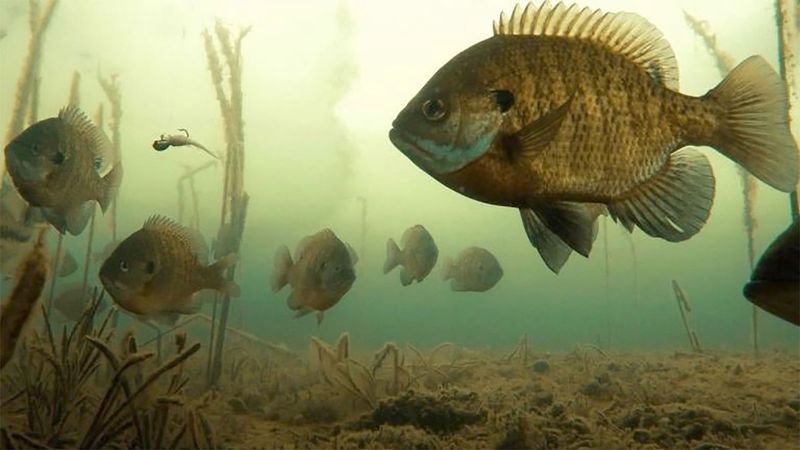
Sporting iridescent blue gill covers that flash in the sunlight, these North American natives bring a touch of wild beauty to backyard ponds. Their deep, flat bodies create distinctive silhouettes against aquatic plants.
Bluegills earn their keep by controlling insect populations and providing endless entertainment with their curious, active behavior. Their natural predator awareness helps them stay alert to potential threats, making them surprisingly interactive pond residents.
14. Japanese Weather Loach: Living Barometers
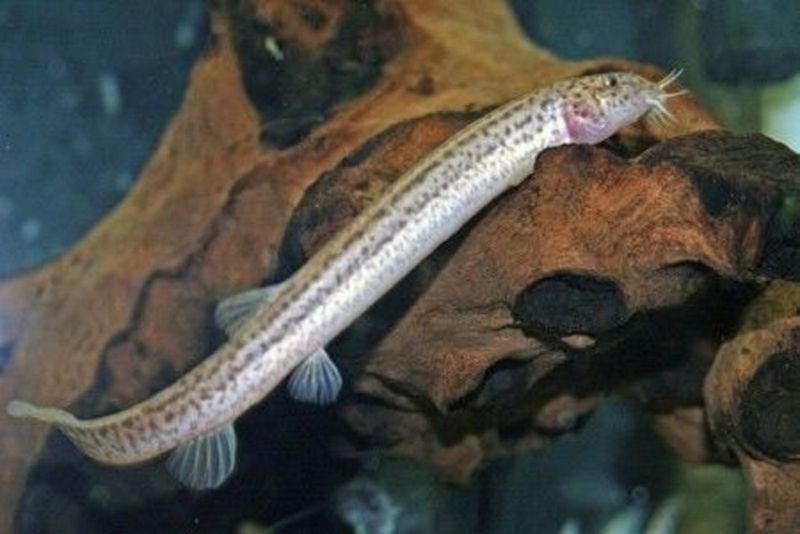
Folk wisdom holds that these fascinating bottom-dwellers predict storms by becoming unusually active before weather changes—hence their unique name. Their eel-like bodies create interesting movement patterns as they sift through substrate looking for tasty morsels.
Incredibly tolerant of temperature fluctuations, Weather Loaches survive conditions that would stress most other fish. They add ecological diversity by occupying a different niche than surface-dwelling species. Their peaceful nature makes them compatible with virtually any non-predatory pond fish.
15. Pearl Scale Goldfish: Jewels Of The Pond
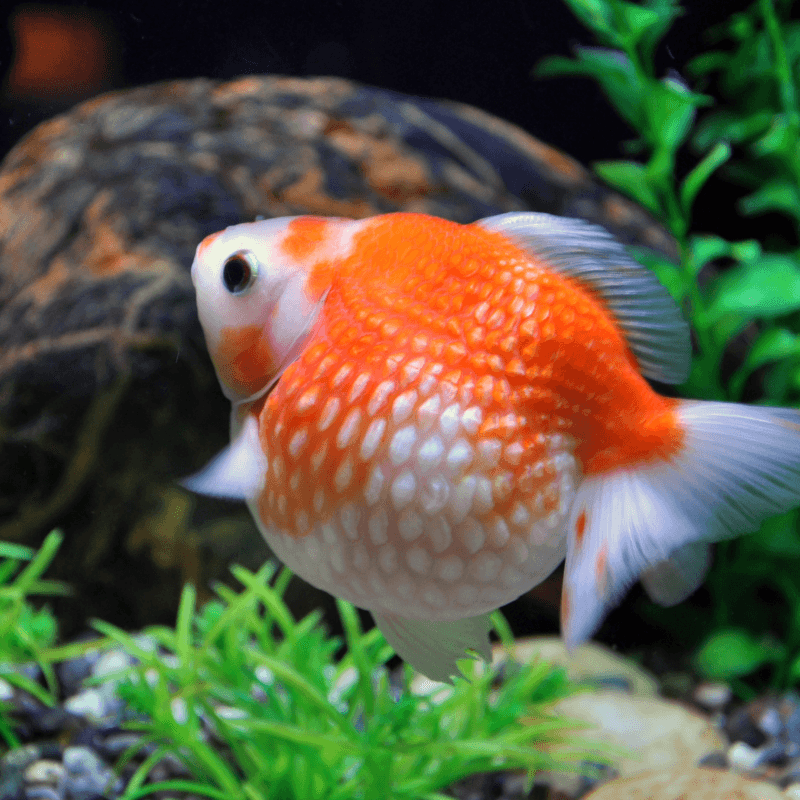
Adorned with raised scales resembling tiny pearls, these round-bodied goldfish bring textural interest unlike any other pond fish. Sunlight catching their distinctive scales creates a sparkling effect visible even from a distance.
While slightly more delicate than single-tailed varieties, Pearl Scales handle outdoor living remarkably well in moderate climates. Their slower swimming style makes them perfect companions for more active species. Their unique appearance never fails to draw comments from visitors seeing them for the first time.

